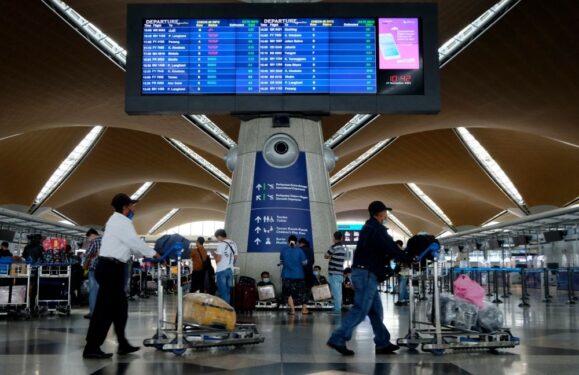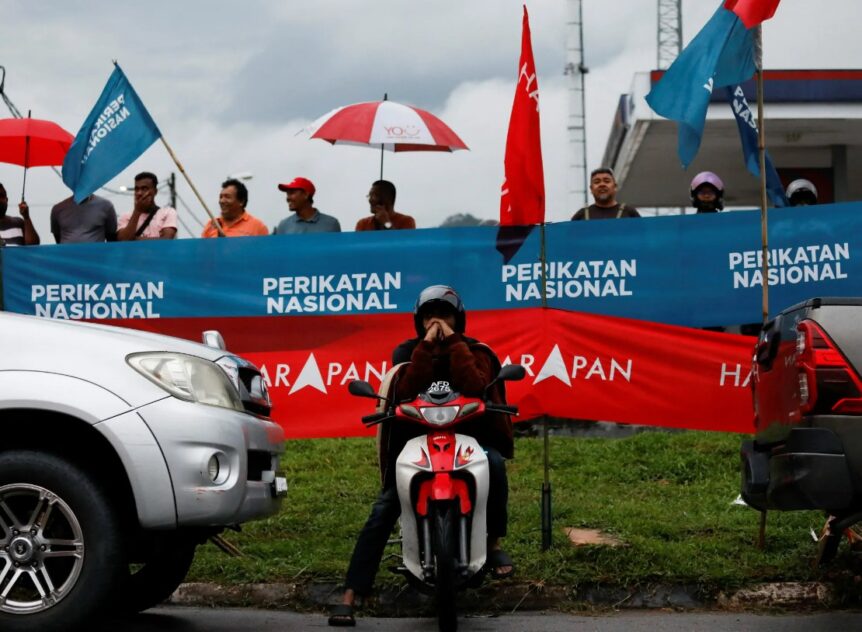THE role of human resources (HR) is considered as the supporting pillars of a company. It is the glue that keeps the company together.
More often than not, the role becomes somewhat underappreciated and overlooked. But the job scope of a HR personnel is more than just pushing papers or addressing the needs of the employees and the company. It takes proactive measures to ensure the smoothness of the company’s operations.

However, as the COVID-19 outbreak caused a massive shift in the working environment by forcing countless work processes to change and adapt to the new norms, it’s only natural that HR processes would be disrupted as well.
In efforts of adapting to the new ways of doing work, companies put the utmost importance on digitising certain processes in order to improve productivity and keep up with the times.
According to a study by KPMG entitled The Work-from-home Revolution, 64% of Malaysian employees are facing challenges when it comes to working remotely, especially due to the lack of proper information technology (IT) infrastructure.
On this, Mednefits CEO Chris Teo believe that digitalisation plays a key role in helping companies streamline their HR processes.
“By investing in technologies that can completely digitalise communication, training, or employee benefit functions, for instance, HR teams can improve employee engagement, lower administrative costs, and make workflows — such as claims processing — even more simple than they were before the pandemic hit,” he told FocusM in an exclusive email interview.
Teo said that there are many aspects of HR duties that can be fully digitalised, such as employee benefits.
When an employee calls in sick and visits the doctor, they usually have to figure out which clinic to visit based on his medical condition and the time of day, make payments for the consultation and submit the required paperwork to claim medical expenses from the employer.
But with the right digital tools, this entire process could be simplified. For example, the platform could provide the employee with up-to-date information on available clinics and digitally record and share relevant information with the HR automatically, removing the need for any upfront payments on the employee’s side and in turn, eliminating the process of medical claims altogether.
“The digitalisation of HR processes has the potential to vastly improve employee experiences, while also reducing costs for employers by removing any manual administrative burdens,” Teo said.

Being such a platform that helps businesses automate certain HR processes, Mednefits connect companies and their employees directly to medical providers and simplifies redundant procedures that can be automated.
“One thing the pandemic has done is highlight the importance of the HR role in ensuring business continuity and stability throughout unprecedented times.
“With hybrid working situations unlikely to revert even after the pandemic subsides, designing hybrid work environments that suit emerging employee needs will become the new norm,” Teo opined.
He also advised HR leaders to design working models where employees can come to the office only when needed while also ensuring that typical business functions, like meetings, can be conducted efficiently in a virtual setting.
“Digitalisation and technology will be used to implement more comprehensive employee benefits plans that provide workers with the stability and support they seek in changing work environments. The companies that learn to put their employees first will stand a better chance of getting ahead, in the new era of work,” Teo ended. – Jan 8, 2021










